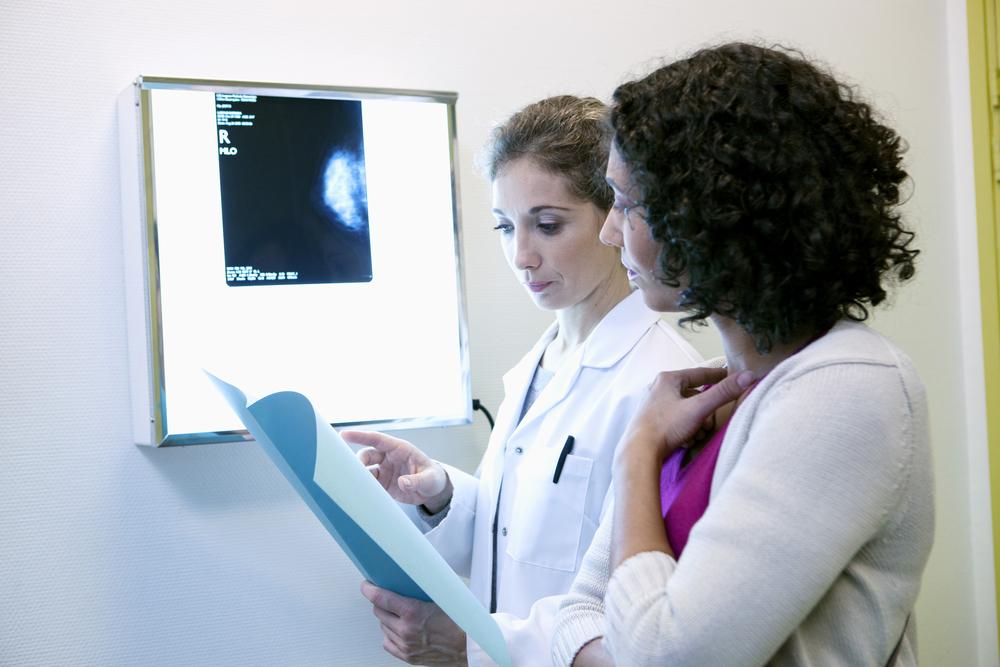Essential Signs and Symptoms of Breast Cancer Every Woman Should Know
Breast cancer survival largely depends on early detection. This comprehensive guide highlights crucial signs and symptoms women should recognize, including lumps, skin changes, nipple abnormalities, and more. Regular self-examinations and prompt medical consultation are vital for early diagnosis and successful treatment outcomes, making awareness essential in fighting this prevalent disease. Learn what to watch for to ensure timely intervention and improve overall prognosis.

Essential Signs and Symptoms of Breast Cancer Every Woman Should Know
Breast cancer remains one of the most common cancers affecting women worldwide, accounting for a significant proportion of cancer-related morbidity and mortality. Despite advances in medical research and increased awareness campaigns, many women still lack comprehensive knowledge about early warning signs, which can significantly improve treatment outcomes if detected timely. This detailed guide aims to shed light on the vital indicators of breast cancer, providing women with critical information to recognize potential problems early and seek prompt medical intervention.
Introduction
Detecting breast cancer at its earliest stage is paramount to increasing survival rates and ensuring effective treatment. While routine screenings like mammograms play a crucial role, recognizing physical changes and symptoms can empower women to seek medical advice proactively. Many symptoms of breast cancer can be subtle or mistaken for benign conditions, which underscores the importance of awareness and vigilance.
Common Early Warning Signs of Breast Cancer
Understanding the physical signs that could indicate breast cancer is essential. This knowledge enables early detection, which can drastically improve prognosis. Here we delve into the most critical indicators to look out for:
Presence of Unusual Lumps in the Breast Tissue
One of the most recognized symptoms of breast cancer is discovering a new lump within the breast tissue. These lumps can vary in size, shape, and texture. Some are soft and movable, while others are hard, fixed, or irregularly shaped. Painless lumps are common early signs, but painful or tender lumps can also occur. Any new mass or thickening that persists over a few weeks warrants immediate medical evaluation to rule out malignancy.
Changes in Breast Size or Shape
Unexplained alterations in the size, shape, or symmetry of one or both breasts should not be ignored. These changes may be subtle or sudden and could indicate underlying pathology. Regular self-examinations help women notice these shifts early, prompting necessary medical assessments promptly.
Swelling or Enlarged Lymph Nodes
Swollen lymph nodes around the neck, underarms, or collarbone can be signs of cancer spreading beyond the breast tissue. Persistent swelling, especially when accompanied by tenderness or pain, should lead to a comprehensive medical examination to determine the root cause.
Persistent and Unusual Pain or Discomfort
While breast tissue can sometimes be sore or tender due to hormonal changes, ongoing dull aches or sharp pains that do not resolve may indicate an underlying problem, potentially end-stage breast cancer. Pain localized in the breast or armpit that persists over time should always be evaluated by healthcare professionals.
Skin Texture and Appearance Changes
The skin of the breast may undergo noticeable changes before a lump develops. Features such as puckering, dimpling, redness, or thickening can be indicative of malignancy. Pores may appear enlarged, or the skin may feel rough or tightened, which should prompt further medical assessment.
Nipple Changes and Abnormal Discharge
Changes to the nipple, such as inversion (turning inward), redness, or swelling, are warning signs. An abnormal nipple discharge—especially blood-stained or clear fluid—can be an early indicator of breast cancer. If the nipple becomes retracted or shows signs of irritation or ulceration, medical consultation is critical.
Discomfort in the Upper Back
Persistent upper back pain, especially if localized and unresponsive to standard remedies, could be related to metastatic spread of breast cancer to bones. Such symptoms warrant thorough imaging and assessment by healthcare practitioners to rule out advanced disease stages.
Recognizing these symptoms early can significantly influence treatment strategies and improve survival chances. Women are encouraged to perform routine self-examinations, ideally monthly, and to seek medical advice whenever any abnormality is detected, regardless of how minor it may seem. Early detection saves lives, and staying informed is the key to fighting breast cancer effectively.





